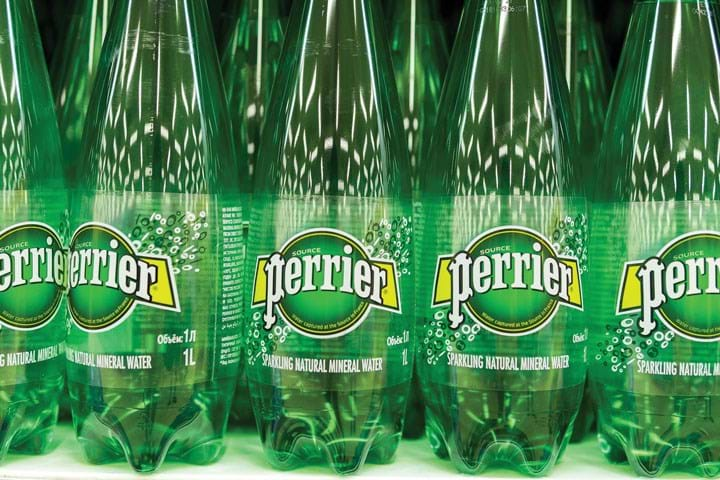All You Can Eat
Tony Hasting explains the contribution that chemical engineers make in ensuring our food is safe
THE first in a series examining the role that chemical engineers play in food safety, this article provides an overview of the safety concerns that they can help to overcome (including a high-level review of the societal and consumer pressures).
The food and drink industry is the largest manufacturing sector in the UK, greater than automotive and aerospace combined1. It employs over 450,000 people, and when the overall supply chain is included this figure is around 4m, generating over £120bn (US$148bn) of value to the UK economy. It is exceptionally diverse and complex. Products may be manufactured on a large scale for a global market as well as many specialist or traditional products at national, regional, or local levels. It is strongly influenced by trends in consumer behaviour, the industry itself, as well as political and regulatory pressures. A feature of the industry is the large number of small and medium size enterprises (SMEs), providing a highly innovative and increasingly competitive offer to consumers. Even the more traditional supermarkets have been successfully disrupted by newer, competitively-priced challengers such as Aldi and Lidl. The industry also continues to face increasing regulation from both national and international authorities and in addition, developments in measurement and assessment techniques enable authorities to be more effective at detecting the source and cause of food safety incidents.
Food regulatory requirements specify that food cannot be made available for sale if it is considered to be injurious to heath or unfit for human consumption. Any form of contamination may result in product recalls, loss of confidence in the brand and company as well as the economic consequences and potential legal action that may result. Product cost, quality and shelf life can be adapted to meet market demands but must never be allowed to compromise safety.
Food safety concerns
For multi-national food manufacturers, brands are critical to their success and anything that compromises the brand and its reputation can have a serious impact on the business. Food supply chains can be very complex, particularly where a range of ingredients from different countries are combined into an overall product, for example, ready meals.
Food safety concerns are usually associated with situations where the consumer is at significant risk of serious or fatal illness due to the actions of a company or its suppliers. However, concerns are not solely related to serious or fatal illness but can also occur where the product does not meet the legal specifications, even if the actual risk to the consumer is negligible.
A famous example of such an event is that of Perrier sparkling mineral water, the dominant brand in that category in the 1980s. In 1990 a routine US laboratory check identified that the benzene level in the bottles tested was approximately three times the maximum 5 ppb allowable. This was also confirmed by further testing in European laboratories. Benzene was a natural component in the source water but was filtered out prior to filling. The contamination was traced to a maintenance failure where a filter was either not changed or installed incorrectly. Perrier immediately withdrew 160m bottles at a cost of US$40m, but the longer-term cost was far greater as the brand has never recovered its market share and was sold to Nestlé a couple of years later. Acting FDA commissioner James Benson stated that if a consumer drank one pint per day, their lifetime risk of cancer might increase by one in a million.
A further potential risk factor is deliberate adulteration against food and the food supply chain. This can take the form of economically motivated adulteration (EMA) or malicious contamination. While the intention of EMA is not to cause illness or death, this was the result in 2008 when melamine was used as a nitrogen source to fraudulently increase the measured protein content of milk, resulting in more than 50,000 babies hospitalised and six deaths after having consumed contaminated infant formula in China. In 2013, a major soft drinks supplier was forced to withdraw product from a key market when sent a bottle which had had its contents replaced with mineral acid. Those responsible included a threat of further distribution to the public if the company did not comply with their demands. The main motivation was publicity.

Recent Editions
Catch up on the latest news, views and jobs from The Chemical Engineer. Below are the four latest issues. View a wider selection of the archive from within the Magazine section of this site.




